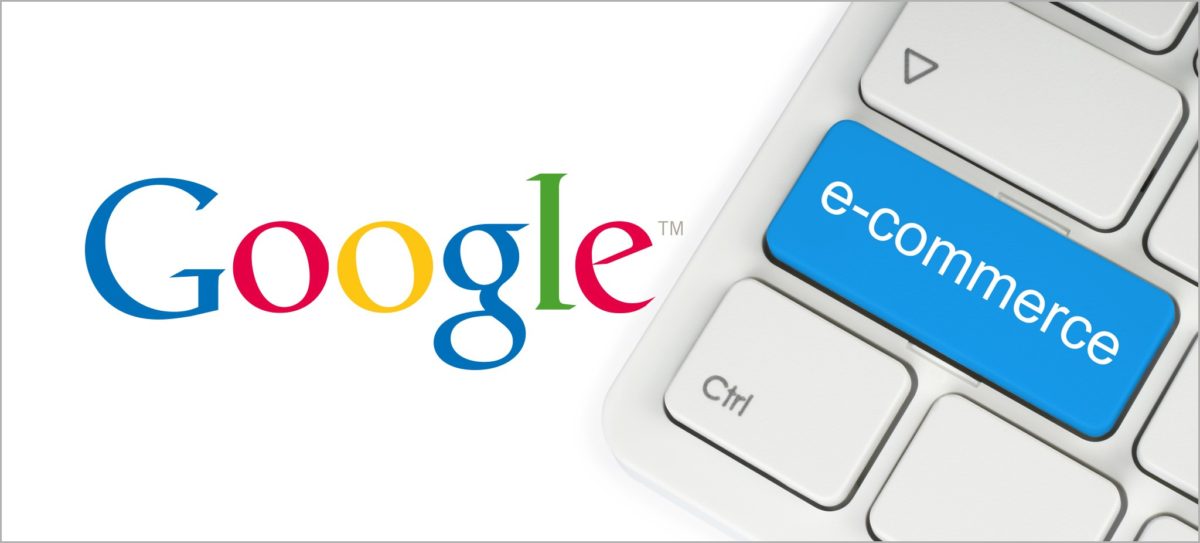“Google’s mission is to organize the world’s information and make it universally accessible and useful” (Google, 2016).
In 2006, at the time Facebook and Twitter were still start-ups, the iPhone was not released yet, this was an ambitious mission statement. Can you remember how Google worked back then? After a search Google opened a lot of links to other websites. But there was more. There were separate pages for images, shopping, local and for news. That was in 2006. Now, ten years later, things have changed and coming closer towards their mission. Over the past ten years they integrated all those separate pages into one powerful search engine. Moreover, a search engine what know what you are looking for.
For example, if you google for “funny cats” you do not see any website links anymore, but images and videos. That is because Google understands and knows what I am looking for. Hence, Google provides its users with useful results. Let us try another example and google “computer”. There is a big difference with the “funny cats” example. There are no images and videos displayed anymore. Why? Because google knows where you are looking for. Instead they offer you possibilities where you can buy a computer, both online and offline. Another thing you should notice is that the first links will let you stay (longer) within Google, which results in more advertising revenue. Can you remember how it was 10 years ago, back in 2006? Every click got you out of Google. Try a last example and google for “Cristiano Ronaldo”. Now you can observe many interesting things. Google shows several personal information, where he come from, which football clubs he played for, how much he is worth, even his length and weight are displayed. Additionally Google provides you with the latest news, links to his personal website, Facebook, Instagram and Twitter and even with related linkages, such as his ex-girlfriend. Moreover, Google provides you with everything you need. Google is really getting good at making information accessible and useful. But that is not all, because Google provides you with everything you like to know about Cristiano Ronaldo, it is displayed within Google. Therefore you do not have to go to Wikipedia anymore. You do not have to visit his personal website anymore. You do not have to leave Google anymore.
These examples show you that Google is being successful in mixing and matching information in order to provide its users with what they ask for, so they do not have to go anywhere else anymore. If Google is possible to achieve this is in only ten years, imagine what it can achieve in another ten years. Together with the trend of mixing different types of information and presenting them right away on the search result page. It is expected that Google will have a huge influence in the online customer journey. Imagine it is 2026 and you search for “running shoes”. Google knows that it is a year ago since you bought new shoes, and therefore immediately show you a button which says, help me to choose new ones. Google is going to ask you questions, such as: “on what kind of terrain are you going to run? What kind of arch support you prefer? Are you going to use it for competition? And how much do you like to spend on your new shoes?” Thereafter Google shows you several brands to select. After you have made your decision, Google shows you a red pair of Nikes. Why is that? Because Google knows you like the colour red. You decide to buy them and Google shows you that Zalando has the best offer. Ten years from now, Google wallet will be fully integrated, which mean that you can order and pay your new running shoes directly in the search results. The next day, or even in a few hours, you receive your running shoes from Zalando. Remarkable is that you have walked the entire customer journey without leaving google for a second. Zalando has been reduced from a service integrated-service company to a supplier, shipping boxes from A to B.
This is a strange shift with enormous implications for B2C internet retailers. Nowadays, in 2016, online retailers try to make people come to their website and buy things. You analyse the data you have about your customer and improve your website in order to let them buy more stuff. In the future this will be different. Who controls the searches, who shows you a certain product, who knows your customer better before they even bought something and who is the payment service provider? That is Google. Google has it all, knows it all and does it all. What implications does that hold for managers of the future? You can either work for or with Google. And the only place where online retailers can make a difference is in the last part of the customer journey. Logistics and after sales and it might be the only thing that Google does not control in 2026.
These are only future predictions, but imagine what they achieved in ten years, from 2006 until 2016. They are getting pretty good at “Organizing the world’s information and make it universally accessible and useful.”
References:
- Google (2016) Mission Google, available online from: google.com/about [17 October 2016].
This blog is based on a Google conference (2016, 24 Augustus 2016), by Daan and Jochem, at Depth Festival in Amsterdam the Netherlands, available online from https://vimeo.com/184322613 [17 October 2016].


